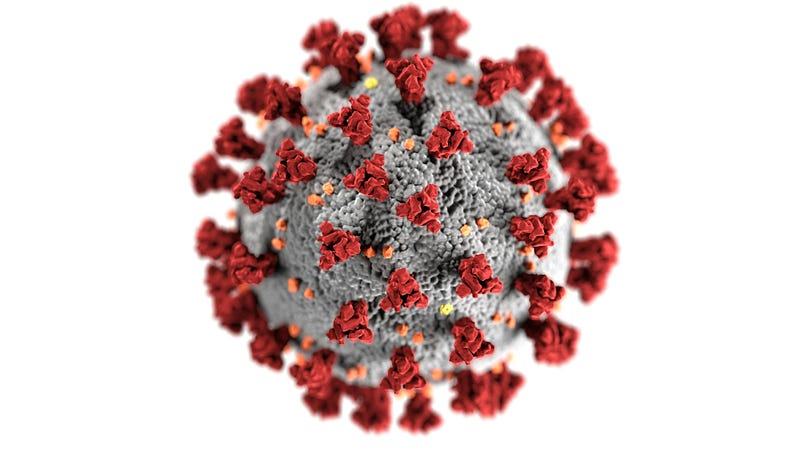How to Identify Credible Information in Today's World
Written on
Chapter 1: Understanding Information Reliability
In today's digital age, it's effortless to share thoughts on social media platforms. Yet, how often do you encounter information that raises questions about its origin? The propagation of incorrect information can have serious consequences, affecting people's lives in negative ways. In this article, I will guide you on how to swiftly assess the reliability of the information you come across.

As we delve deeper into this topic, you can enhance your understanding of science with me, Axel.
Another 5 Must-Read Neuroscience Books This Year
Explore essential books that can kickstart your journey into neuroscience.
Chapter 2: The CRAAP Test for Evaluating Sources
When evaluating an article that discusses a significant topic, how can you determine its reliability? One effective strategy is the CRAAP test, which consists of key criteria for assessing the credibility of a source:
- Currency: Is the information up to date?
- Relevance: How important is the information to your needs?
- Authority: Who is the source of the information?
- Accuracy: Is the information truthful and precise?
- Purpose: What is the intention behind the information?
You can also employ this test when creating your articles to ensure their reliability.
Section 2.1: Assessing Source Credibility
Another crucial aspect to consider when determining an article's reliability is its source. For instance, if you come across an article claiming a breakthrough in diabetes treatment, it’s essential to check whether it cites credible references. Is it based on scientific research or merely a blog post? If it's the latter, ensure the information comes from a reputable institution, like the World Health Organization. Reliable articles often provide citations in established formats, such as APA.

Section 2.2: A Case Study on Misinformation
Consider the case of Viviana Canosa, a well-known TV host in Argentina, who endorsed chlorine dioxide as a treatment for COVID-19 during the pandemic. Her recommendation lacked a credible source; it was based on hearsay rather than scientific evidence. Unfortunately, this led to harmful consequences, including the tragic death of a child due to chlorine dioxide poisoning. This situation underscores the critical need for evidence-based communication.
As communicators, it is our responsibility to ensure that the information we share—especially concerning health treatments—is sourced from reliable entities, such as official organizations or scientific studies.
Chapter 3: The Role of Responsible Communication
Our role as communicators can significantly impact lives. Therefore, it’s vital to be discerning about the information we consume and share.
If you found this article helpful, consider showing your support by:
- Clapping 50 times for this article
- Following me for more insights on Psychology
- Subscribing for updates on my latest articles
You May Also Enjoy:
- Top 6 Tools for Ph.D. or Academic Students: Discover 6 free tools that can revolutionize your academic experience.
- About Me — Axel Casas: My journey of love and academic success in Germany.
- My PhD Workflow with Obsidian and Zotero: Streamline your academic process and reduce stress.
Thank you for reading! Until next time!
This video offers five essential tips to evaluate the credibility of your information sources effectively.
Learn how to find reliable sources for research and ensure the accuracy of your information.